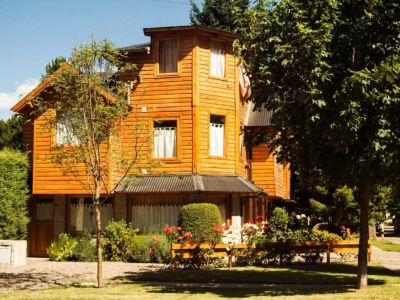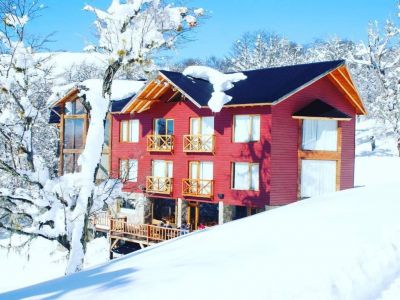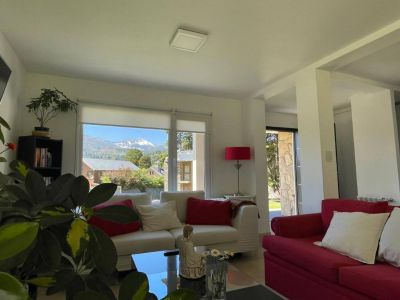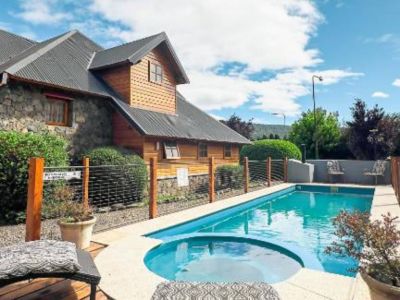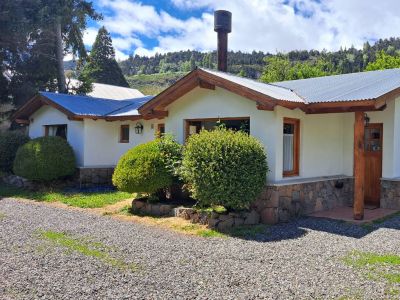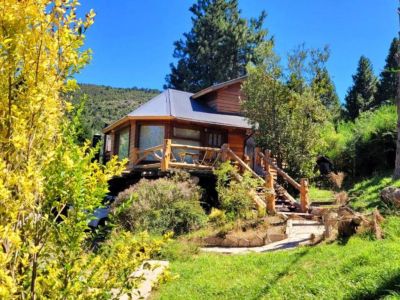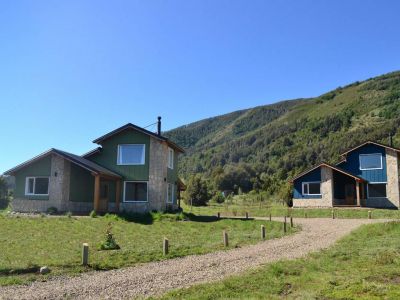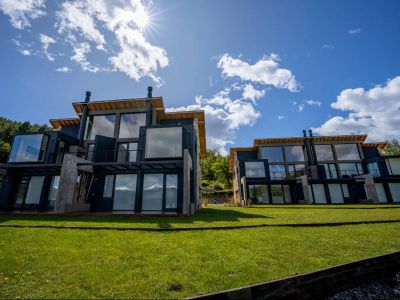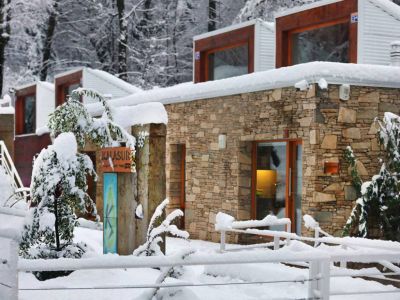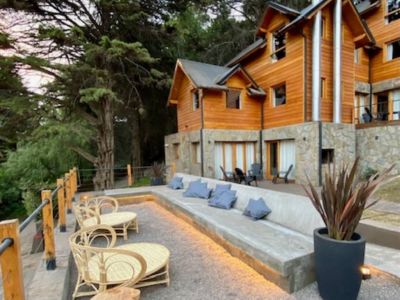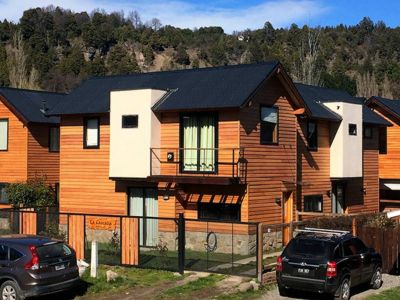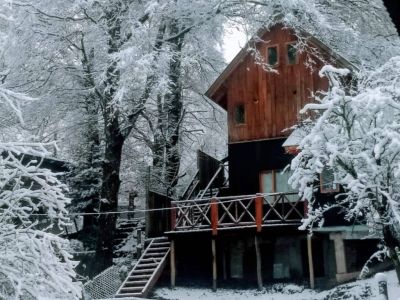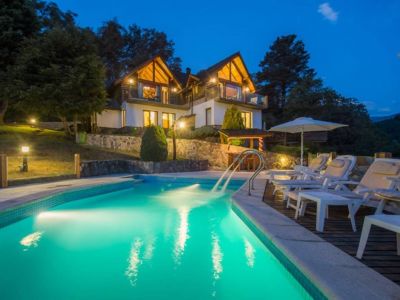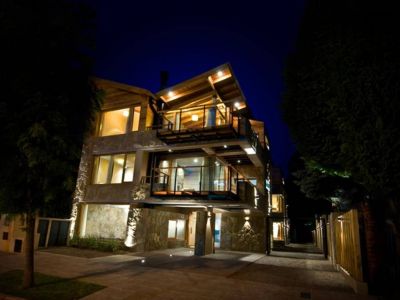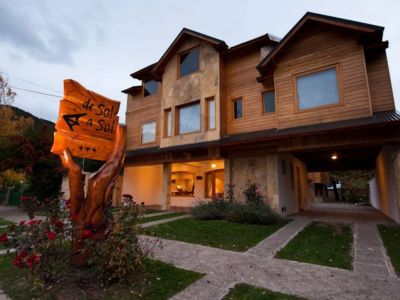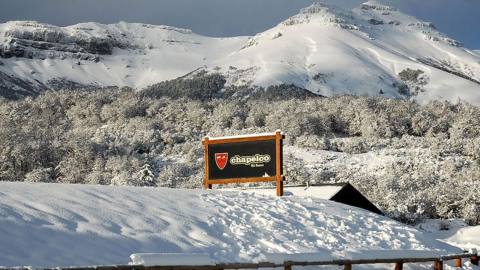Lanín National Park stands out for its large dimensions and the diversity of its natural scenes. The area where Lake Curruhué is located contains various water bodies, thick vegetation and natural hot springs within an extremely beautiful environment. We drove along a paved road to Junín de los Andes and 4 kilometers before reaching the city, we turned left into a sign-posted gravel road. We were carrying brochures designed by the National Parks Administration, which would guide us through the area so that we did not get lost or miss any of the attractions. A winding road led us to Lake Curruhué Chico, a small water body with plenty of reed where some ducks swam around unaware of our presence. Fly-fishing is allowed at this lake but motorsailing is not. There is a very nice primitive campsite in the area. A panoramic viewpoint features the scene in its entire splendor immersed in almost complete silence. We were crossing the Curruhé area (a Mapuche word that stands for ‘dark place’), a site where volcanic activity has been quite intense.
Amazing Lake Curruhué
As we drove on, we came to an interesting monkey-puzzle tree forest. This species is highly appreciated by the Mapuche dwellers because of its fruit: the pine tree nut. A short walk lets visitors follow a trail inside that forest of ancient conifers up to the northern margin of Lake Curruhué Grande and back to the road.
Back on the road, we slowed down even more in order to appreciate each turn. We bordered Lake Curruhué Grande, which seemed to become bigger and bigger as we moved along. As we reached the other end, we found a primitive campsite with a very ample and quiet beach where we improvised our first picnic. A generous tree grove protected us from the Patagonian summer sunshine.
Several hiking trails start at this point. Another option is to drive on to Laguna Verde (Lake Green), the Escorial and the Lahuen-Có hot springs.
Mónica Pons
Eduardo Epifanio





